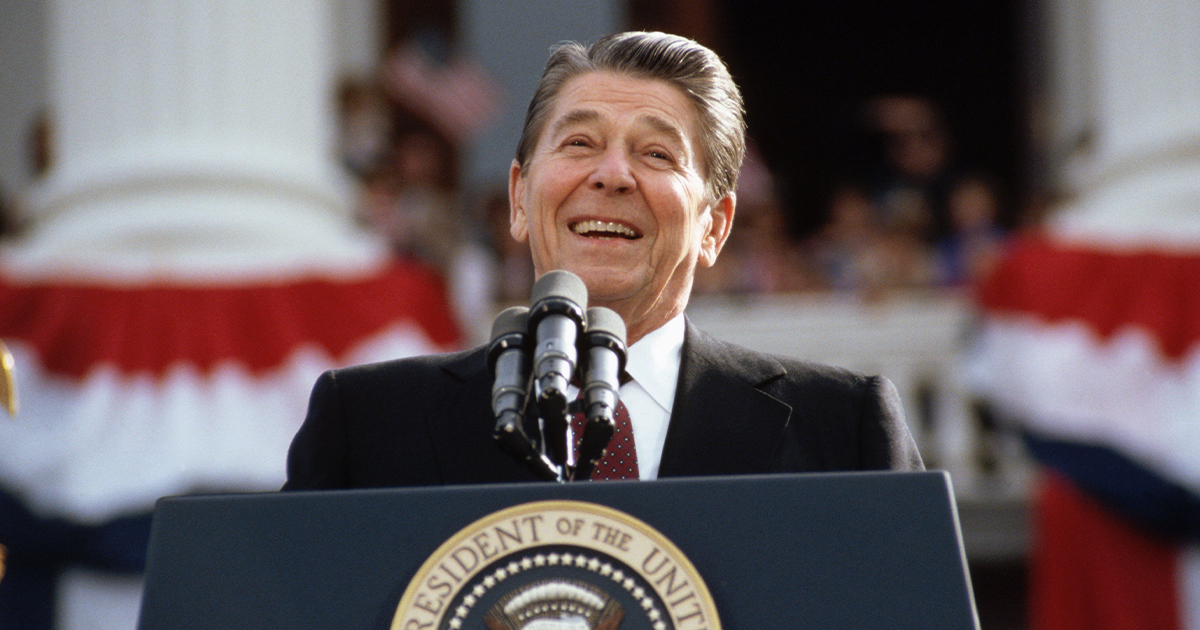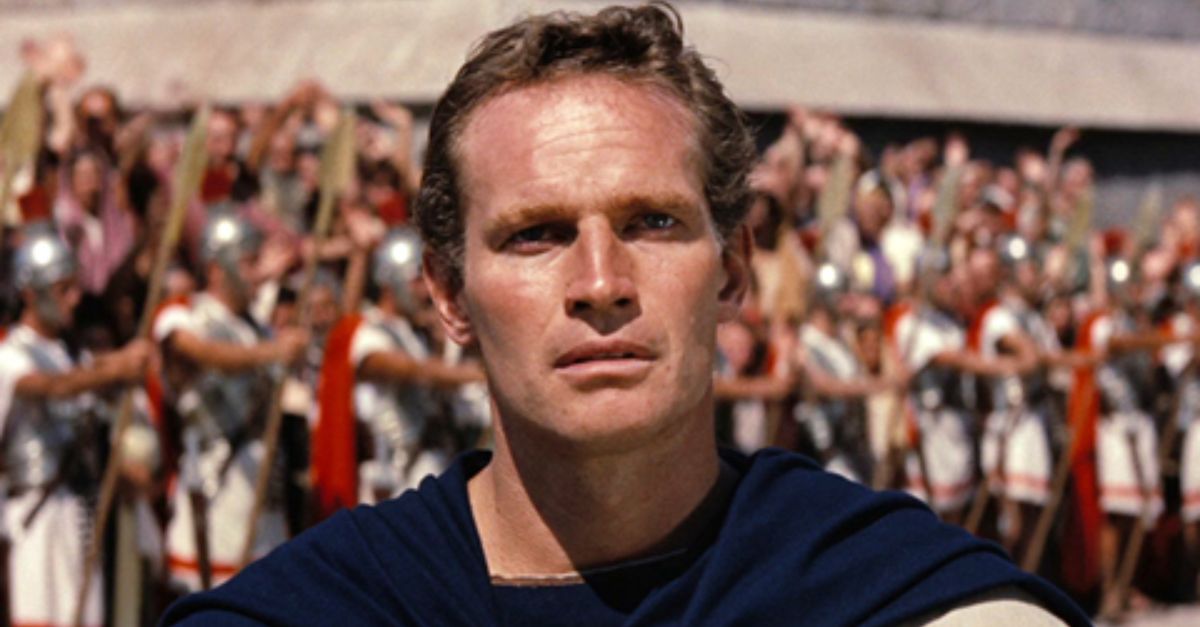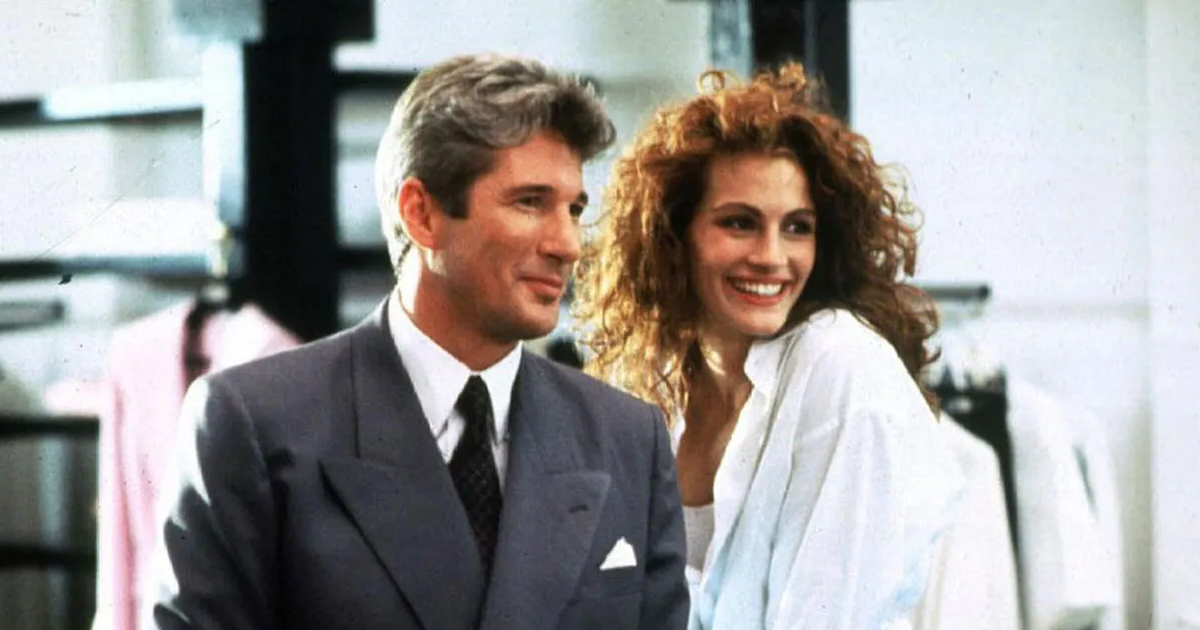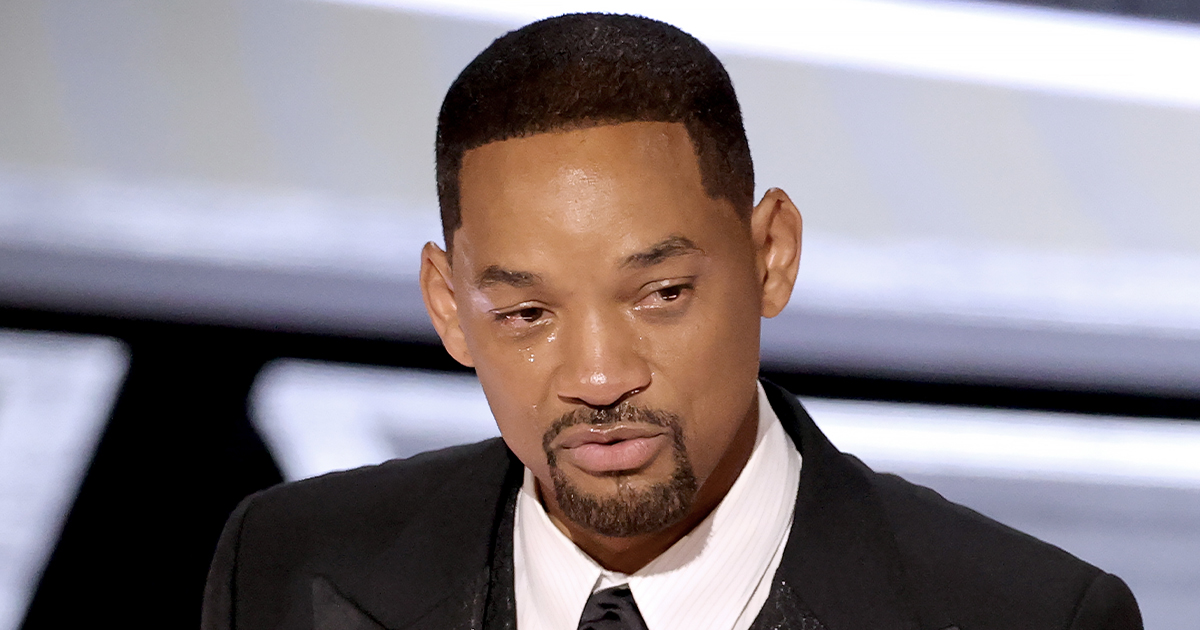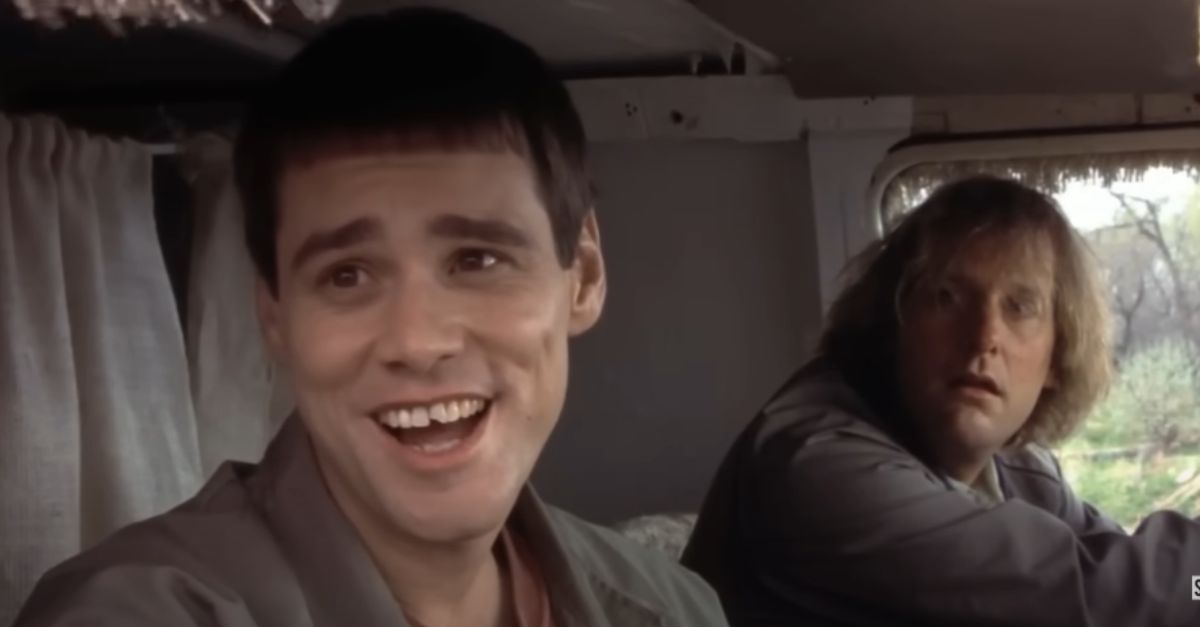From Hollywood to the White House
Ronald Wilson Reagan was born on February 6, 1911, in Tampico, Illinois. His parents, Jack and Nelle, didn’t have much, but they filled their home with faith and hope. From his mother, Reagan learned optimism—a trait that stayed with him throughout his life.

Growing Up in Dixon
Most of Reagan’s childhood was spent in Dixon, Illinois, a quiet town where he swam in the Rock River and dreamed big. Friends remembered him as cheerful and approachable, the kind of kid who always had a story to tell or a joke ready.
 Michael Del Priore, Wikimedia Commons
Michael Del Priore, Wikimedia Commons
The College Years
Reagan attended Eureka College, where he studied economics and sociology. He wasn’t the top student, but he stood out in theater and on the football field. Reagan showed early signs of being a natural leader, never afraid to stand in front of a crowd.
The Radio Voice
His first real job was as a sports announcer for WHO Radio in Des Moines. Reagan had a knack for painting vivid pictures with his words, so much so that listeners felt like they were at the ballpark. It was storytelling at its best — and his voice became instantly recognizable.
 White House Photographic Collection, 1/20/1981 - 1/20/1989, Wikimedia Commons
White House Photographic Collection, 1/20/1981 - 1/20/1989, Wikimedia Commons
Hollywood Bound
In 1937, while covering spring training in California, Reagan took a screen test with Warner Bros. and landed a contract. He quickly transitioned from radio to film, bringing his friendly, all-American charm to the big screen. Hollywood was about to meet “Ronnie.”
 Collection: White House Photographic Collection, 1/20/1981 - 1/20/1989, Wikimedia Commons
Collection: White House Photographic Collection, 1/20/1981 - 1/20/1989, Wikimedia Commons
Becoming “The Gipper”
Reagan’s most famous role came in 1940 when he played George Gipp in Knute Rockne, All American. The line “Win one for the Gipper” stuck with him for life. Decades later, it became a rallying cry during his political campaigns.
 Warner Bros. Pictures, Wikimedia Commons
Warner Bros. Pictures, Wikimedia Commons
Serving in World War II
When war broke out, Reagan enlisted. Poor eyesight kept him stateside, but he served in the Army Air Forces making training films for recruits. Though he wasn’t on the front lines, his work still played a part in preparing soldiers for combat.
 Cassowary Colorizations, Wikimedia Commons
Cassowary Colorizations, Wikimedia Commons
Building a Hollywood Career
Over the next two decades, Reagan appeared in over 50 films. His role in Kings Row (1942) earned critical praise and hinted at the serious actor he could have been. Still, Reagan was more beloved for playing likable, everyday characters.
 Warner Bros. Pictures, Kings Row (1942)
Warner Bros. Pictures, Kings Row (1942)
Union Leader
In 1947, Reagan became president of the Screen Actors Guild. It was a tough job during Hollywood’s Red Scare years, but it taught him leadership and negotiation. It was also his first taste of politics, and he proved to be a natural.
 Los Angeles Times, Wikimedia Commons
Los Angeles Times, Wikimedia Commons
Meeting Nancy
In 1951, Reagan met actress Nancy Davis. She had sought his help after being mistakenly blacklisted. That meeting sparked one of the great love stories of the 20th century. They married in 1952, and Nancy later said simply, “My life began with Ronnie.”
 Parry-Beerman, Wikimedia Commons
Parry-Beerman, Wikimedia Commons
A True Family Man
Reagan had two children with Nancy — Patti and Ron Jr — and two from his earlier marriage to Jane Wyman. Despite the pressures of Hollywood and, later, politics, he always tried to put family first. He often described the White House as “just our home.”
 Unknown authorUnknown author, Wikimedia Commons
Unknown authorUnknown author, Wikimedia Commons
From Movies to TV
By the 1950s, Reagan’s film career had slowed, but he found a second act hosting General Electric Theater. As GE’s spokesman, he toured the country giving speeches — honing the conversational style that later made him one of America’s most effective politicians.
A Shift in Politics
Though he started out as a Democrat, Reagan’s views shifted over time. He became more conservative, especially on government spending and personal freedom. He later joked, “I didn’t leave the Democratic Party. The party left me.”
 Michael Evans, Wikimedia Commons
Michael Evans, Wikimedia Commons
“A Time for Choosing”
In 1964, Reagan delivered a televised speech in support of Barry Goldwater’s campaign. Called “A Time for Choosing,” it electrified viewers. Overnight, Reagan went from actor to serious political voice. Many historians say this was the moment his political career truly began.
 A Time for Choosing by Ronald Reagan, Ronald Reagan Presidential Foundation & Institute
A Time for Choosing by Ronald Reagan, Ronald Reagan Presidential Foundation & Institute
Governor of California
In 1966, Reagan ran for governor of California — and won. He served two terms, balancing budgets and tackling welfare reform. Though controversial at times, his calm, friendly style made him popular and prepared him for an even bigger stage.
 Ronald Reagan Library, Wikimedia Commons
Ronald Reagan Library, Wikimedia Commons
The Road to the Presidency
After two failed tries, Reagan won the presidency in 1980, defeating Jimmy Carter. At 69, he became the oldest man elected president at the time. His campaign promise of “Morning in America” offered optimism at a time when the country needed it most.
The Great Communicator
As president, Reagan was dubbed “The Great Communicator.” He didn’t bury people in policy details. Instead, he spoke plainly, with humor and hope. “I wasn’t a great communicator,” he once said. “But I communicated great things.”
 White House Photographic Collection, 1/20/1981 - 1/20/1989, Wikimedia Commons
White House Photographic Collection, 1/20/1981 - 1/20/1989, Wikimedia Commons
Reaganomics
His economic policies — nicknamed “Reaganomics” — focused on cutting taxes, reducing government regulation, and encouraging free enterprise. Supporters praised him for reviving the economy; critics said the policies increased inequality. Reagan, however, always emphasized opportunity and growth.
 White House Photographic Collection, 1/20/1981 - 1/20/1989, Wikimedia Commons
White House Photographic Collection, 1/20/1981 - 1/20/1989, Wikimedia Commons
Standing Up to the Soviets
Reagan’s firm stance against the Soviet Union defined his foreign policy. He famously labeled it the “evil empire,” but he also reached out to Soviet leader Mikhail Gorbachev. Their meetings led to major arms reduction treaties and helped bring the Cold War to an end.
 White House Photographic Collection, 1/20/1981 - 1/20/1989, Wikimedia Commons
White House Photographic Collection, 1/20/1981 - 1/20/1989, Wikimedia Commons
The Berlin Wall Speech
In 1987, Reagan stood before the Berlin Wall and challenged Gorbachev: “Mr. Gorbachev, tear down this wall!” The line became one of the most iconic moments of his presidency — and a symbol of his belief in freedom over oppression.
 White House Photographic Collection, 1/20/1981 - 1/20/1989, Wikimedia Commons
White House Photographic Collection, 1/20/1981 - 1/20/1989, Wikimedia Commons
Humor in Politics
Reagan’s humor made him relatable. When asked about his age during a debate, he quipped, “I will not make age an issue. I am not going to exploit, for political purposes, my opponent’s youth and inexperience.” The joke even made his opponent laugh.
 White House Photographic Collection, 1/20/1981 - 1/20/1989, Wikimedia Commons
White House Photographic Collection, 1/20/1981 - 1/20/1989, Wikimedia Commons
Nancy’s Steadfast Support
Nancy Reagan was more than a First Lady. She was Ronald’s partner in every sense. She kept a close eye on his health, stood by him during crises, and was fiercely protective. Their devotion to each other became legendary.
 White House Photographic Collection, 1/20/1981 - 1/20/1989, Wikimedia Commons
White House Photographic Collection, 1/20/1981 - 1/20/1989, Wikimedia Commons
A Man of Faith
Reagan’s Christian faith shaped his outlook. He often spoke about America as a “shining city on a hill,” a vision rooted in his belief that the nation had a higher purpose. His faith gave him strength, especially in his later years.
 White House Photographic Collection, 1/20/1981 - 1/20/1989, Wikimedia Commons
White House Photographic Collection, 1/20/1981 - 1/20/1989, Wikimedia Commons
Life After the White House
Reagan left office in 1989 with high approval ratings. In 1994, he shared with the world that he had been diagnosed with Alzheimer’s disease. In his farewell letter, he wrote movingly, “I now begin the journey that will lead me into the sunset of my life.”
 White House Photographic Collection, 1/20/1981 - 1/20/1989, Wikimedia Commons
White House Photographic Collection, 1/20/1981 - 1/20/1989, Wikimedia Commons
Surviving an Assassination Attempt
On March 30, 1981, Reagan was shot outside a Washington hotel. He nearly died but never lost his sense of humor. In the ER, he joked around, telling doctors, “I hope you’re all Republicans.” The nation saw not just a leader, but a man whose optimism was unshakable.
You May Also Like:

